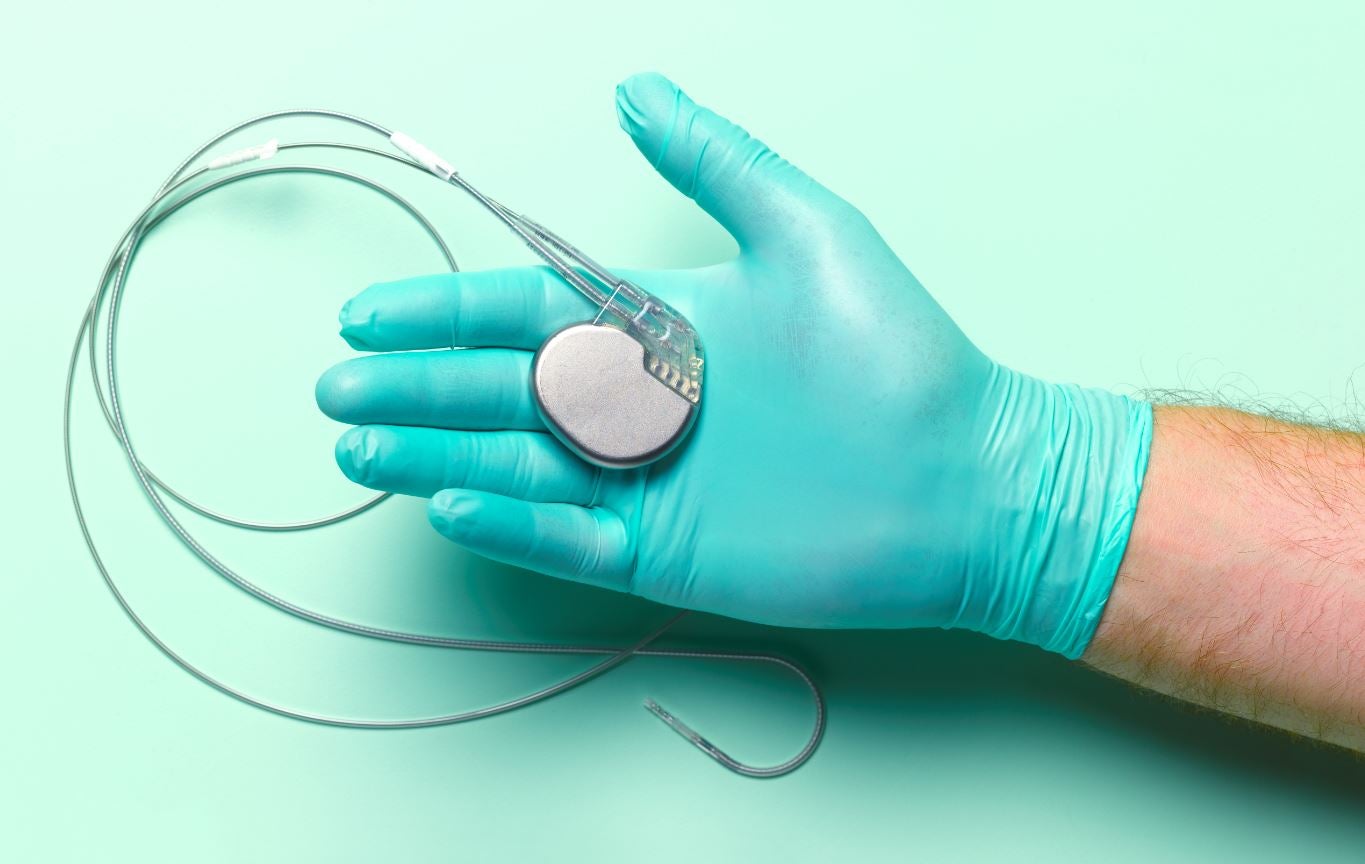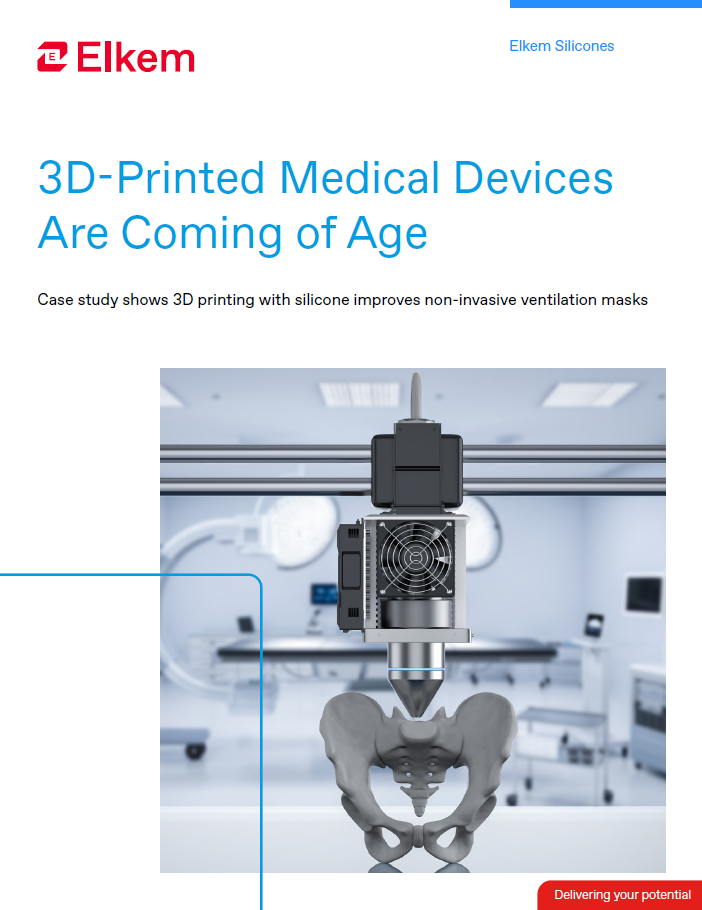
Bringing together the expertise of a material manufacturer with that of its medical devices customers is a powerful way to develop more effective, innovative solutions. Sean McPherson, senior business development manager for silicone manufacturer Elkem, discusses the importance of collaboration and how it leads to better results for Elkem’s customers.
Elkem’s approach
Elkem takes on complex customer issues and works hand in hand with the customer to address them, McPherson explains: “We bring high level silicone expertise and we bring some general application expertise,” says McPherson. “The customers will bring that market and specific application expertise. They’re going to know their unique challenges.”
This approach sets Elkem apart from other manufacturers in the sector, offering a more effective route to solutions than the usual off-the-shelf option. “Many customers may not really understand that there’s a company out there that is willing and able to work with them, getting to the fundamentals of what they need,” McPherson observes.
A core part of Elkem’s approach is to deep-dive into the customer’s specific situation in order to really get to the bottom of their challenges.
“There are often underlying issues that need to be uncovered and if we do our job and we listen really well and we ask the right questions we can get there,” says McPherson. “If we understand the challenges all the way to the bottom level, there may be a totally different type of solution that makes sense than the solution that first presented itself.”
This is critical because it might lead to proposing a different, more effective solution that solves more of the customer’s pain points than the one they originally thought they needed.
“No matter how potentially daunting the challenge is, bring it to us and we’ll certainly take a look at it,” says McPherson.
Collaborative innovation in medical devices
Elkem recently worked with a large, global medical technology provider seeking to replace two mediocre incumbent adhesive options with one more effective solution to meet all their bonding needs for a variety of substrates on a flagship pulse generation device.
“The customer came to us with some preconceived notions about what the solution should or could be,” says McPherson, explaining that the customer originally requested an ultraviolet (UV) cure silicone.
By analysing the customer’s situation, the Elkem team identified four main pain points: efficiency and cure time, equipment requirements and bottlenecks, physical properties and bond strength, and regulatory requirements.
“We made sure we understood the whole problem and not just the surface problem,” explains McPherson. This in-depth understanding led Elkem to propose an alternative solution that solved more of the customer’s pain points than their original idea.
“We ended up saying we can do a true ambient cure silicone and could remove all equipment bottlenecks and flow disruptions,” he says. “A UV cure silicone wouldn’t actually have remediated that because there’s actually quite a bit of equipment still involved in UV curing silicone.”
The ambient cure mechanism has a quicker cure time than the incumbent and competitor options. As it cures in ambient conditions, it does not need to enter an oven or humidity chamber in the production line, which take time and disrupt the flow, leading to bottlenecks.
“It was a superior cure mechanism that we ended up with,” says McPherson. “It met or exceeded all the physical properties that were required.” Upon reviewing the four pain points Elkem identified, the new adhesive was found to address all of them.
Win-win scenario
McPherson explains that when an innovative solution proves to have a broad application, it can be launched for other customers. In this case, the new adhesive was so effective that Elkem launched it for both long-term implant and standard medical implant applications.
The adhesive is just one example of the huge potential advantages of Elkem’s approach. “The customer gets all kinds of efficiency gains and Elkem gets a brand-new product so it’s a win-win scenario,” McPherson summarises.
Learn more about Innovative medical grade silicones development supporting final performances of high-end medical devices in the free, informative webinar below:



